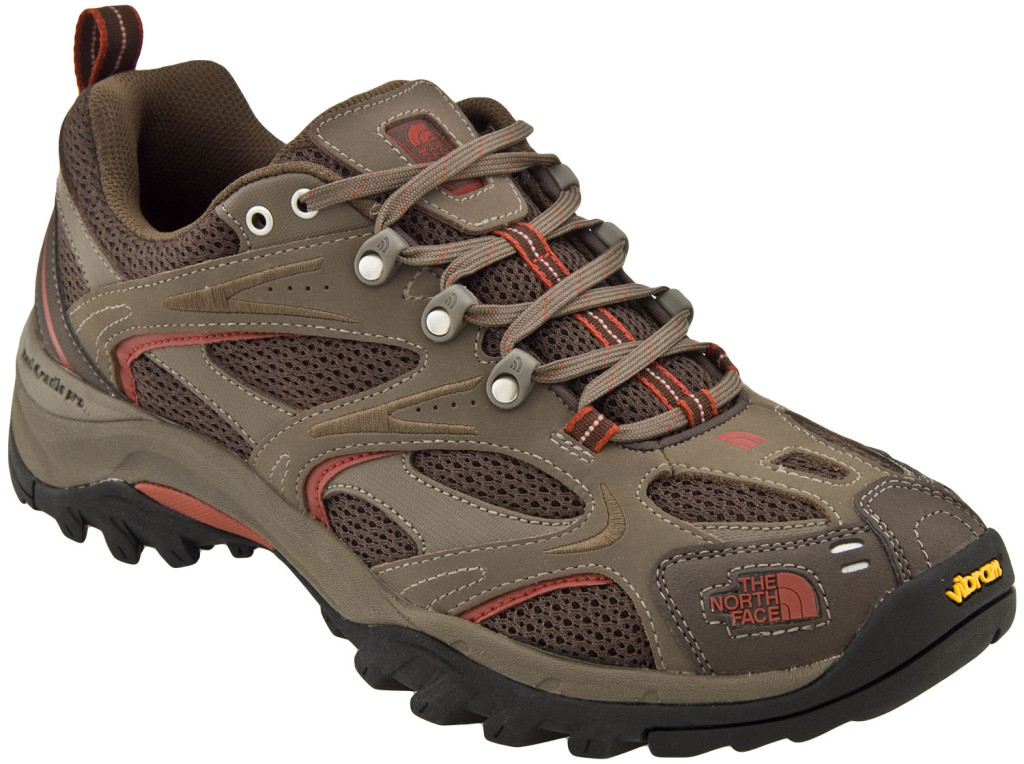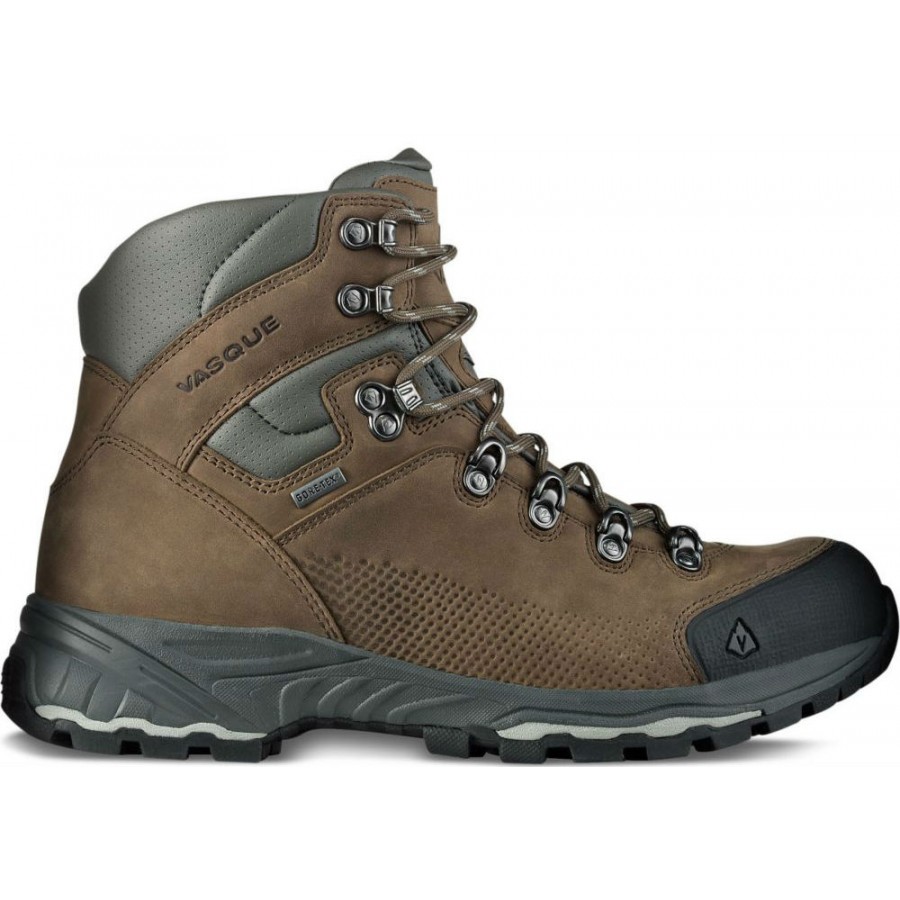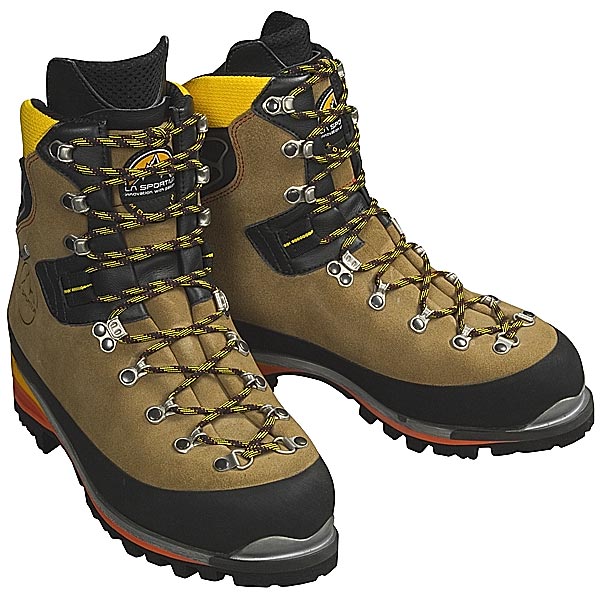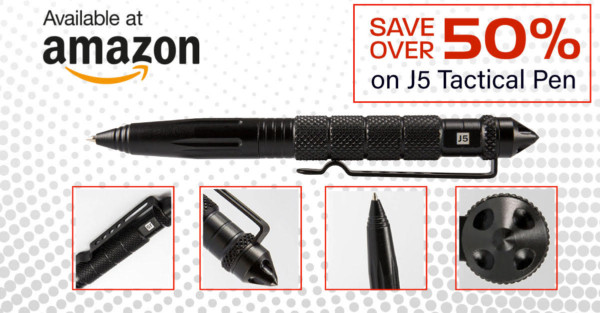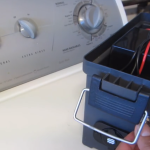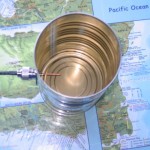It is incredibly important to choose footwear that will fit the conditions that you expect to encounter. Some shoes and boots are ideal for walking along trails while others are designed to be used in rougher terrain. Let’s take a quick look at some characteristics of popular footwear options in order to help you to maximize comfort, support and protection.
Hiking Shoes
These shoes have thick soles and treads that provide traction and support over unpaved trails. They are also usually made from synthetic fabric that allows the shoes to breathe. Hiking shoes are also usually very easy to break in, and good ones will be able to withstand a good amount of abuse. However, these are not intended to be used for prolonged excursions deep into the wilderness, and they do not provide a lot of ankle or sole support.
Hiking Boots
Most hiking boots have high-cut designs and are ideal for short backpacking stints with light loads. They provide some support for ankles and can be used in wet or dry conditions if treated properly. They can be found in leather, synthetic material or a blend of both. These boots strike a balance between comfort and support, but they lack the rigidity of backpacking or mountain boots. Boots are usually flexible and don’t require a lot of time to break them in.
Backpacking Boots
These boots are rugged, durable and designed to carry hikers through rough terrain for prolonged periods of time. They are also constructed with rigid soles, firm ankle support and durable fittings. Backpacking boots are also designed to carry and distribute heavy weights, and this translates into better comfort and more endurance on the trail. However, these boots need to be broken in, and it’s important to wear them for some time before actually relying on them on a daily basis in order to avoid blisters and other ailments.
Mountaineering Boots
These are the toughest and heaviest boots available, and they are intended for heavy-duty wilderness applications. They have very thick soles, almost resembling platform shoes, high walls and a lot of rigidity and support. They are often the most expensive boots and are designed to last. They can be used in wet or dry conditions, but they also require some time for breaking in due to their rigidity.
Aside from these distinctions, it’s also important to consider whether you are going to be traveling in dry, wet or both conditions. Some boots do not breathe very easily, and this can cause feet to get hot, sweat and develop blisters. On the other hand, boots that breathe well may not be the ideal choice when wandering through creeks or in the rain. Consider these factors as you shop around.
Choosing the appropriate footwear will make all of the difference in the world in terms of your level of comfort. You should always choose boots that will match the conditions that you expect to encounter, and make sure that you allow some time in order to break them in beforehand as well.



